Home>Furniture & Design>Bathroom Accessories>How To Bathe A Toddler Without A Bathtub
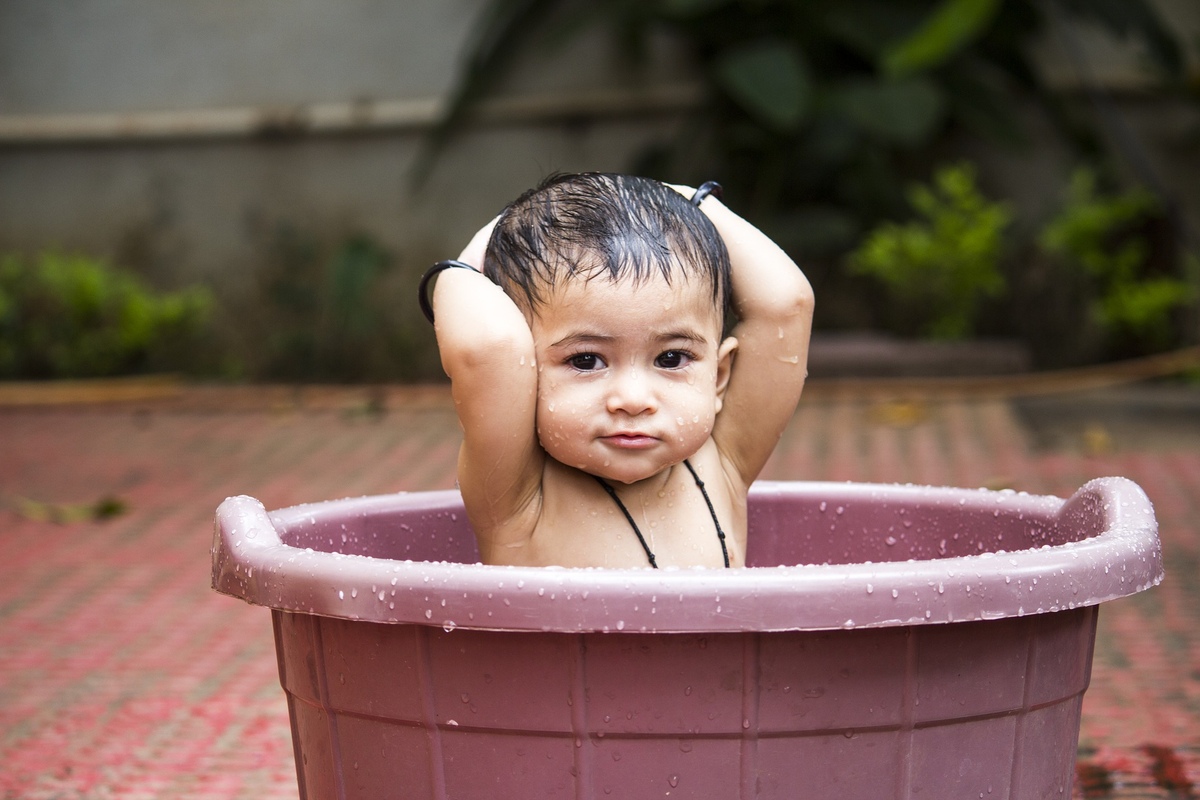

Bathroom Accessories
How To Bathe A Toddler Without A Bathtub
Published: February 18, 2024
Learn how to bathe a toddler without a bathtub using simple bathroom accessories. Find easy tips and tricks for a stress-free bath time.
(Many of the links in this article redirect to a specific reviewed product. Your purchase of these products through affiliate links helps to generate commission for Storables.com, at no extra cost. Learn more)
Introduction
Bathing a toddler without a bathtub can be a challenging yet manageable task for parents and caregivers. Whether you're traveling, living in a small space, or simply don't have access to a traditional bathtub, there are several creative and safe methods to ensure that your little one stays clean and comfortable. In this article, we will explore various techniques and safety precautions for bathing a toddler without a bathtub, providing you with practical solutions to make this essential routine a stress-free and enjoyable experience for both you and your child.
Bathing a toddler is not only about maintaining hygiene but also an opportunity for bonding and play. It's a time when you can engage in meaningful interactions, introduce sensory experiences, and create a calming routine for your child. By exploring alternative bathing methods, you can adapt to different living situations and still provide your toddler with the care and attention they need.
In the following sections, we will discuss how to prepare the bathing area, utilize a large basin or bucket, incorporate a baby bathtub insert, and even consider showering with your toddler. Additionally, we will emphasize the importance of safety precautions to ensure that the bathing experience is secure and enjoyable for your little one. With these practical tips and insights, you can confidently navigate the process of bathing your toddler without a traditional bathtub, fostering a positive and nurturing environment for your child's hygiene and well-being.
Key Takeaways:
- Bathing a toddler without a bathtub is possible using a large basin, baby bathtub insert, or showering. Safety, engagement, and gentle products are key for a positive and enjoyable experience.
- Prioritize safety, comfort, and engagement when bathing a toddler without a traditional bathtub. Create a secure environment, use gentle products, and maintain constant supervision for a stress-free bathing routine.
Read more: How To Take A Bath Without A Bathtub?
Preparing the Bathing Area
When it comes to bathing a toddler without a bathtub, creating a safe and comfortable bathing area is essential. The bathing area should be conducive to the child's needs and provide a secure environment for the caregiver. Here are some practical steps to prepare the bathing area for a successful toddler bath:
-
Select a Suitable Location: Choose a space in your home that is easy to clean and free from hazards. Ideally, the area should be close to a water source, such as a sink or shower, to simplify the bathing process.
-
Lay Down Non-Slip Mats: To prevent slips and falls, place non-slip mats on the floor of the bathing area. These mats provide traction and stability, reducing the risk of accidents during the bath.
-
Gather Bathing Essentials: Before bringing your toddler to the bathing area, ensure that all necessary bathing essentials are within reach. This includes mild baby soap, soft washcloths, towels, and a change of clothes for after the bath.
-
Adjust Water Temperature: If using a sink or shower, check the water temperature to ensure it is warm but not too hot. Use a thermometer if needed to gauge the water temperature, as toddlers are sensitive to hot water.
-
Secure Bathing Accessories: If you plan to use bathing accessories such as a basin or bucket, ensure that they are stable and placed on a flat, level surface. This prevents accidental tipping and maintains a secure bathing environment for your toddler.
-
Create a Calm Atmosphere: Dim the lights or use soft lighting to create a calming atmosphere in the bathing area. Playing gentle music or singing soothing songs can also help to relax your toddler during the bath.
By taking these preparatory steps, you can establish a safe and inviting bathing area for your toddler, setting the stage for a positive and stress-free bathing experience. The key is to prioritize safety, comfort, and accessibility, ensuring that both you and your toddler can navigate the bathing process with ease and confidence.
Using a Large Basin or Bucket
When a traditional bathtub is not available, using a large basin or bucket can serve as a practical alternative for bathing a toddler. This method offers flexibility and convenience, allowing you to create a makeshift bathing space that meets your child's hygiene needs. Here's a detailed look at how to effectively utilize a large basin or bucket for toddler bathing:
Selecting the Right Basin or Bucket
When choosing a basin or bucket for bathing your toddler, opt for a size that comfortably accommodates your child while providing ample space for water. Look for a basin with rounded edges and a stable base to ensure safety and ease of use. Additionally, consider the material of the basin or bucket; plastic options are lightweight and easy to clean, making them ideal for toddler baths.
Filling the Basin or Bucket
Fill the selected basin or bucket with warm water to an appropriate depth, ensuring that it is shallow enough to prevent accidental submersion but deep enough to cover your toddler's legs and lower body. Use a thermometer to gauge the water temperature, aiming for around 37-38 degrees Celsius (98-100 degrees Fahrenheit) to ensure a comfortable and safe bathing experience for your child.
Read more: How To Do A Sitz Bath Without A Bathtub
Adding Bathing Essentials
Once the basin or bucket is filled with water, introduce mild baby soap to create a gentle bathing solution. Stir the water to disperse the soap evenly, creating a mild and soothing environment for your toddler's bath. Place soft washcloths within reach to facilitate gentle cleansing, and have towels ready for drying your child after the bath.
Engaging Your Toddler
Bathing in a basin or bucket can be an engaging and sensory experience for your toddler. Encourage your child to play with bath-safe toys or engage in simple water activities to make the bath time enjoyable. Supervise your toddler closely to ensure safety while allowing them to explore and interact with the water in a controlled and secure environment.
Draining and Cleaning
After the bath, carefully drain the water from the basin or bucket, ensuring that it is emptied completely. Thoroughly clean the basin or bucket with mild soap and water, and allow it to dry before storing it for future use. Regular cleaning and maintenance of the bathing equipment are essential for hygiene and safety.
By utilizing a large basin or bucket for toddler bathing, you can adapt to various living situations and provide your child with a nurturing and enjoyable bathing experience. This method offers a practical solution for maintaining your toddler's hygiene without the need for a traditional bathtub, allowing you to prioritize your child's well-being and comfort in any environment.
Using a Baby Bathtub Insert
When it comes to bathing a toddler without a traditional bathtub, a baby bathtub insert can be a valuable tool for creating a safe and comfortable bathing environment. These inserts are designed to fit into standard sinks, providing a secure and convenient space for toddler baths. Here's a detailed exploration of how to effectively utilize a baby bathtub insert for bathing your toddler.
Read more: How To Use Bath Bomb Without Bathtub
Selecting the Right Baby Bathtub Insert
When choosing a baby bathtub insert, look for a model that is specifically designed for use in sinks. These inserts are typically made of lightweight and durable materials, such as plastic, and feature a contoured design that supports the toddler's body while ensuring stability within the sink. Additionally, opt for an insert with non-slip padding to enhance safety and prevent the toddler from sliding during the bath.
Preparing the Sink and Insert
Before placing the baby bathtub insert in the sink, ensure that the sink is clean and free from any debris. Position the insert securely in the sink, making sure it rests evenly and does not wobble. Check that the insert fits snugly without any gaps or instability, providing a secure bathing space for your toddler.
Filling the Sink with Warm Water
Once the baby bathtub insert is in place, fill the sink with warm water to a safe and comfortable level. Use a thermometer to gauge the water temperature, aiming for around 37-38 degrees Celsius (98-100 degrees Fahrenheit) to ensure that the water is not too hot for your toddler's sensitive skin. Adjust the water temperature as needed to create a soothing and enjoyable bathing experience.
Introducing Bathing Essentials
With the sink filled with warm water, add a small amount of mild baby soap to create a gentle bathing solution. Stir the water to disperse the soap evenly, ensuring that it is mild and suitable for your toddler's delicate skin. Keep soft washcloths and towels within reach to facilitate gentle cleansing and drying after the bath.
Read more: How To Use Bath Salts Without Bathtub
Supervising and Engaging Your Toddler
Bathing your toddler in a baby bathtub insert provides an opportunity for interactive and sensory experiences. Encourage your child to play with bath-safe toys or engage in simple water activities, fostering a positive and enjoyable bath time. Maintain close supervision to ensure your toddler's safety and well-being throughout the bathing process.
Draining and Cleaning
After the bath, carefully drain the water from the sink and remove the baby bathtub insert. Clean the insert with mild soap and water, ensuring that it is thoroughly rinsed and dried before storage. Proper maintenance and cleaning of the insert are essential for hygiene and safety during future baths.
By utilizing a baby bathtub insert, you can transform a standard sink into a practical and secure bathing space for your toddler. This method offers a convenient and adaptable solution for bathing your child without a traditional bathtub, allowing you to prioritize safety, comfort, and engagement during the toddler's bath time.
Showering with Your Toddler
Showering with your toddler can be a practical and enjoyable alternative to traditional bathtub bathing. This method not only provides a convenient way to ensure your child stays clean but also offers an opportunity for bonding and shared experiences. Here's a detailed exploration of how to effectively shower with your toddler, creating a safe and engaging bathing experience for both you and your little one.
Preparing the Shower Area
Before bringing your toddler into the shower, it's essential to prepare the shower area to ensure safety and comfort. Adjust the water temperature to be warm but not too hot, using a thermometer if necessary to gauge the temperature. Consider using a non-slip mat or adhesive strips in the shower to provide traction and prevent slips. Additionally, ensure that bathing essentials such as mild baby shampoo, gentle soap, and soft washcloths are within reach to facilitate the bathing process.
Read more: How To Bathe A Baby In The Bathtub
Introducing Your Toddler to the Shower
When introducing your toddler to the shower, it's important to create a calm and reassuring environment. Start by allowing your child to become familiar with the sound of the running water and the sensation of the droplets. Encourage your toddler to touch the water and become comfortable with the shower environment before proceeding with the bathing process.
Engaging Your Toddler in the Shower
Showering with your toddler can be a playful and interactive experience. Consider introducing bath-safe toys or colorful sponges to make the shower time enjoyable for your child. Engage in gentle play and conversation to create a positive and engaging atmosphere, fostering a sense of comfort and security for your toddler during the shower.
Supervising and Ensuring Safety
While showering with your toddler, maintain close supervision to ensure safety and prevent accidents. Be mindful of the water temperature and pressure, ensuring that it is suitable for your child's comfort. Use gentle movements and reassuring gestures to guide your toddler through the shower, providing a sense of security and support throughout the bathing process.
Drying and Post-Shower Care
After the shower, gently dry your toddler with a soft towel, ensuring that the child is warm and comfortable. Use gentle moisturizers or lotions to keep your toddler's skin hydrated and protected. Encourage positive reinforcement and praise to create a sense of accomplishment and confidence in your child after the shower.
By showering with your toddler, you can create a nurturing and interactive bathing experience that promotes hygiene, bonding, and sensory exploration. This method offers a practical and adaptable solution for bathing your child without a traditional bathtub, allowing you to prioritize safety, engagement, and shared moments during the toddler's bathing routine.
Read more: How To Remove Bath Mat Stains From A Bathtub
Safety Precautions
Ensuring the safety of your toddler during bath time is paramount, especially when bathing without a traditional bathtub. By implementing essential safety precautions, you can create a secure and nurturing environment for your child's bathing routine. Here are key safety measures to consider:
-
Supervision: Always maintain constant supervision during the entire bathing process. Keep your eyes on your toddler at all times to prevent accidents and ensure a safe and enjoyable experience.
-
Water Temperature: Use a reliable thermometer to check the water temperature before bathing your toddler. Aim for warm water, around 37-38 degrees Celsius (98-100 degrees Fahrenheit), to prevent scalding or discomfort.
-
Slip Prevention: Whether using a basin, bucket, or shower, employ non-slip mats or adhesive strips to provide traction and minimize the risk of slips and falls. This is crucial for ensuring stability and safety during the bathing process.
-
Bathing Accessories Stability: If using a basin, bucket, or baby bathtub insert, ensure that these accessories are placed on a flat, level surface to prevent tipping or instability. This helps to maintain a secure bathing environment for your toddler.
-
Safe Water Levels: Whether using a basin, bucket, or sink, ensure that the water level is shallow enough to prevent accidental submersion but deep enough to cover your toddler's legs and lower body. This helps to minimize the risk of drowning or discomfort.
-
Gentle Products: Use mild and gentle baby soap and shampoo to avoid skin irritation or allergic reactions. Ensure that all bathing essentials are safe and suitable for your toddler's delicate skin.
-
Secure Bathing Area: Create a designated bathing area that is free from hazards and easily accessible. Keep all necessary bathing essentials within reach to minimize the need to leave your toddler unattended during the bath.
-
Engagement and Reassurance: Throughout the bathing process, engage with your toddler and provide reassurance to create a sense of security and comfort. Encourage positive interactions and maintain a calm and supportive atmosphere.
By prioritizing these safety precautions, you can mitigate potential risks and create a secure and nurturing bathing environment for your toddler. These measures not only safeguard your child but also contribute to a positive and stress-free bathing experience, fostering a sense of trust and well-being during this essential routine.
Conclusion
Bathing a toddler without a traditional bathtub presents unique challenges, but with the right approach, it can be a rewarding and manageable experience. Whether you opt for a large basin or bucket, a baby bathtub insert, or showering with your toddler, the key is to prioritize safety, comfort, and engagement throughout the bathing process.
By preparing a suitable bathing area, selecting the right bathing method, and implementing essential safety precautions, you can create a secure and nurturing environment for your child's hygiene routine. It's important to view bath time not only as a practical necessity but also as an opportunity for bonding, sensory exploration, and positive interactions with your toddler.
Each alternative bathing method offers its own set of benefits. Using a large basin or bucket provides flexibility and adaptability, allowing you to create a makeshift bathing space that meets your child's hygiene needs. A baby bathtub insert transforms a standard sink into a secure and convenient bathing area, offering a practical solution for homes without traditional bathtubs. Showering with your toddler fosters shared experiences, bonding, and interactive play, creating a nurturing and engaging bathing routine.
Throughout the bathing process, maintaining constant supervision, ensuring safe water temperatures, and employing slip prevention measures are essential for your child's well-being. By prioritizing these safety precautions, you can mitigate potential risks and create a secure environment for your toddler's bath time.
In conclusion, bathing a toddler without a bathtub requires creativity, adaptability, and a focus on safety and engagement. By exploring alternative bathing methods and implementing essential safety measures, you can navigate this essential routine with confidence and provide your child with a positive and enjoyable bathing experience, regardless of the available bathing facilities.
Frequently Asked Questions about How To Bathe A Toddler Without A Bathtub
Was this page helpful?
At Storables.com, we guarantee accurate and reliable information. Our content, validated by Expert Board Contributors, is crafted following stringent Editorial Policies. We're committed to providing you with well-researched, expert-backed insights for all your informational needs.
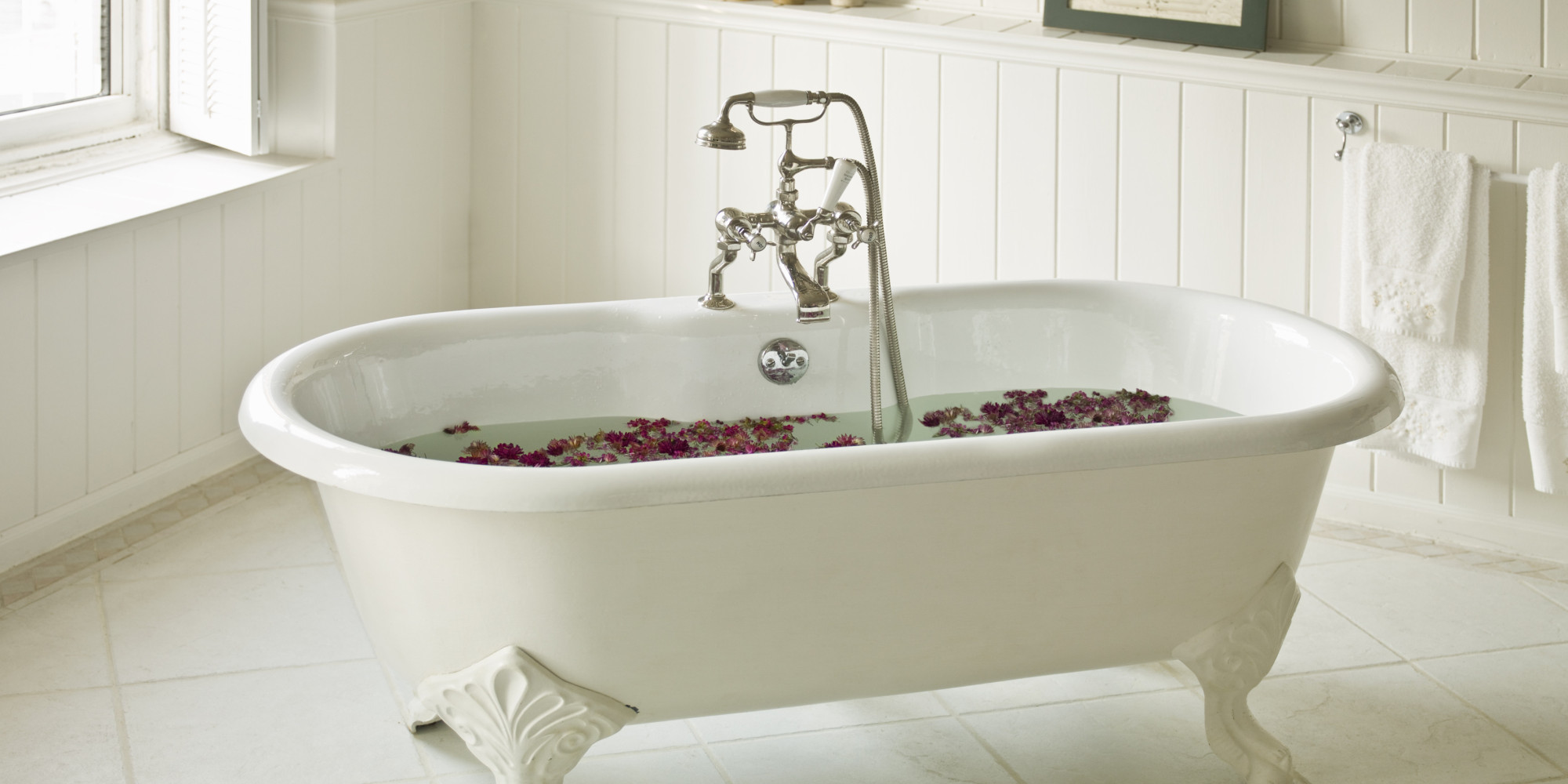
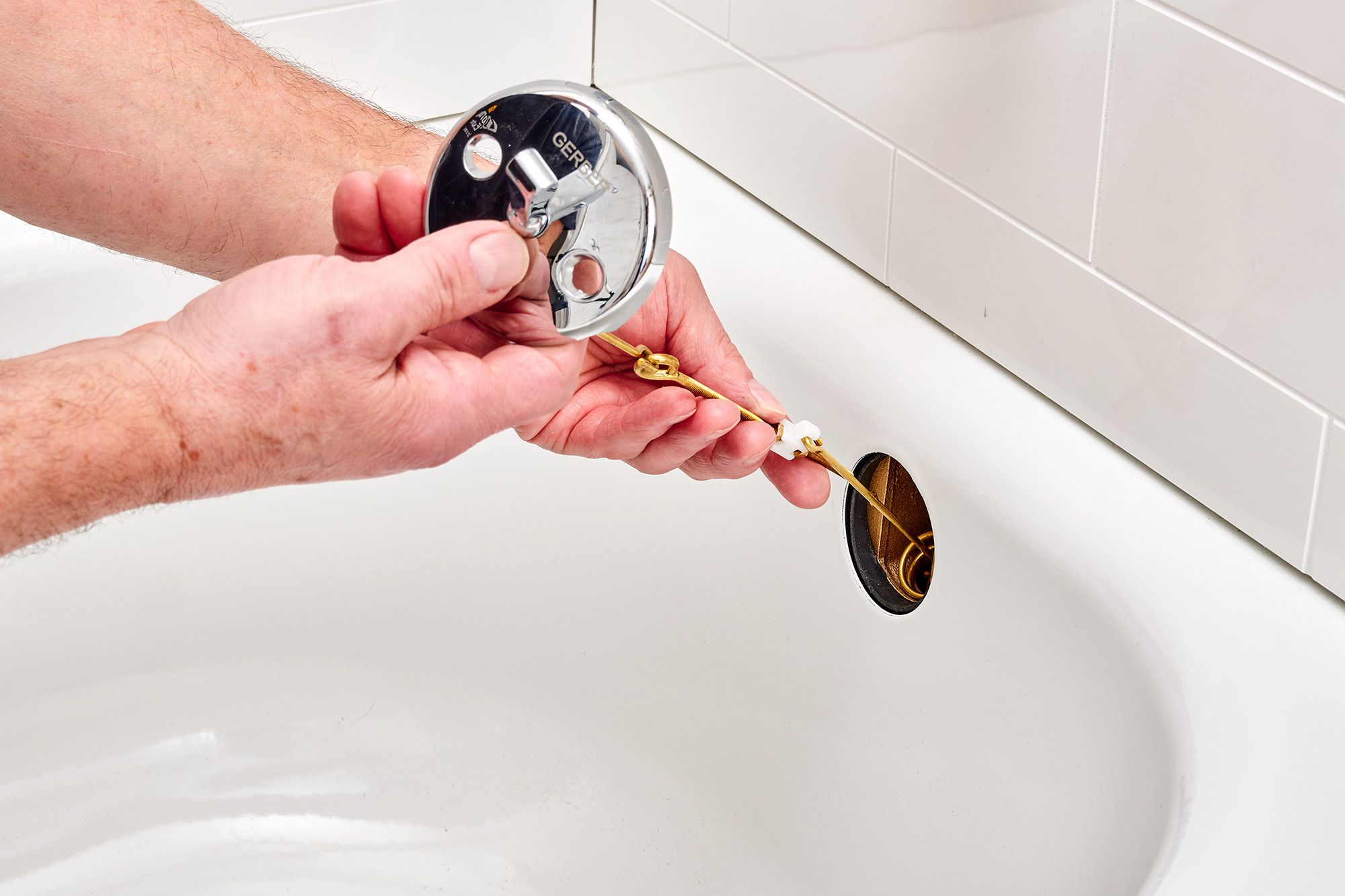
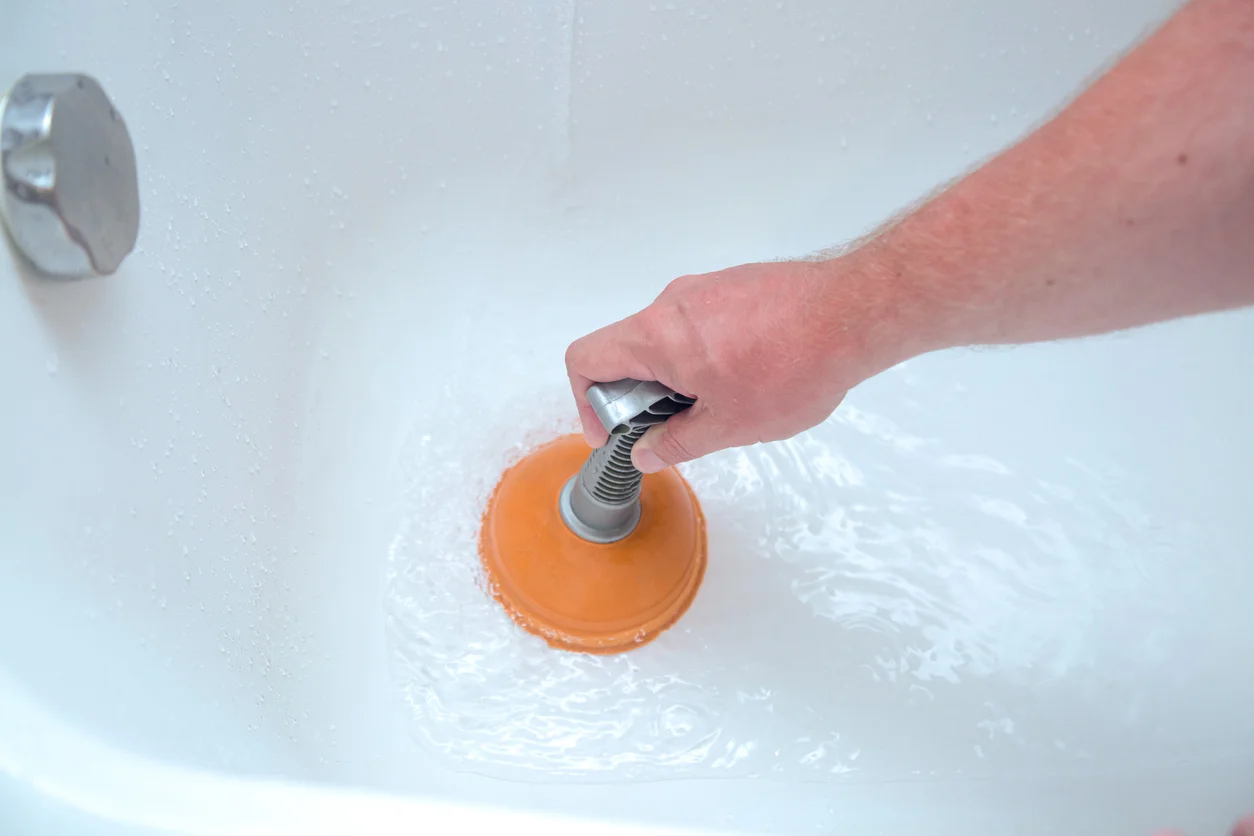
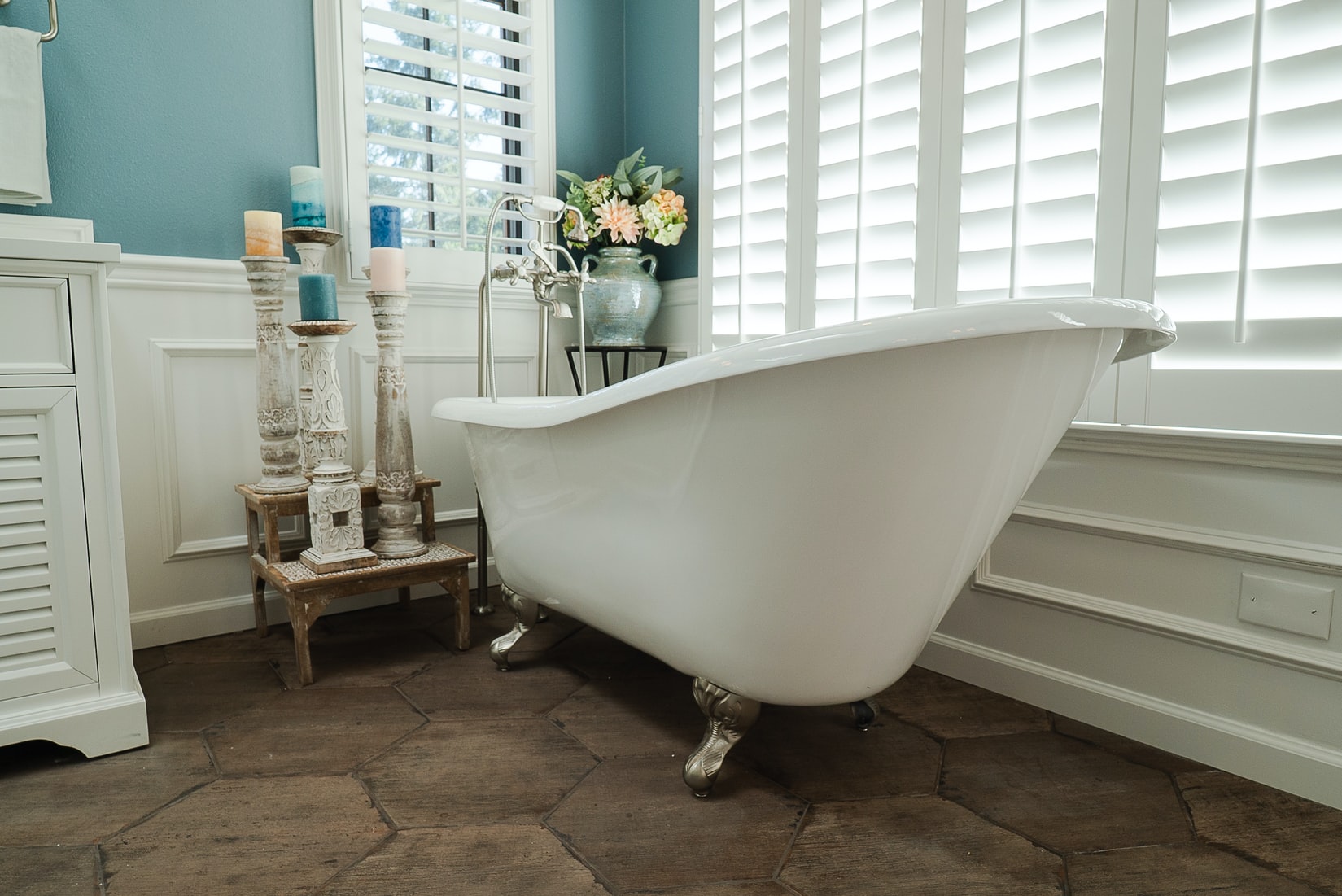
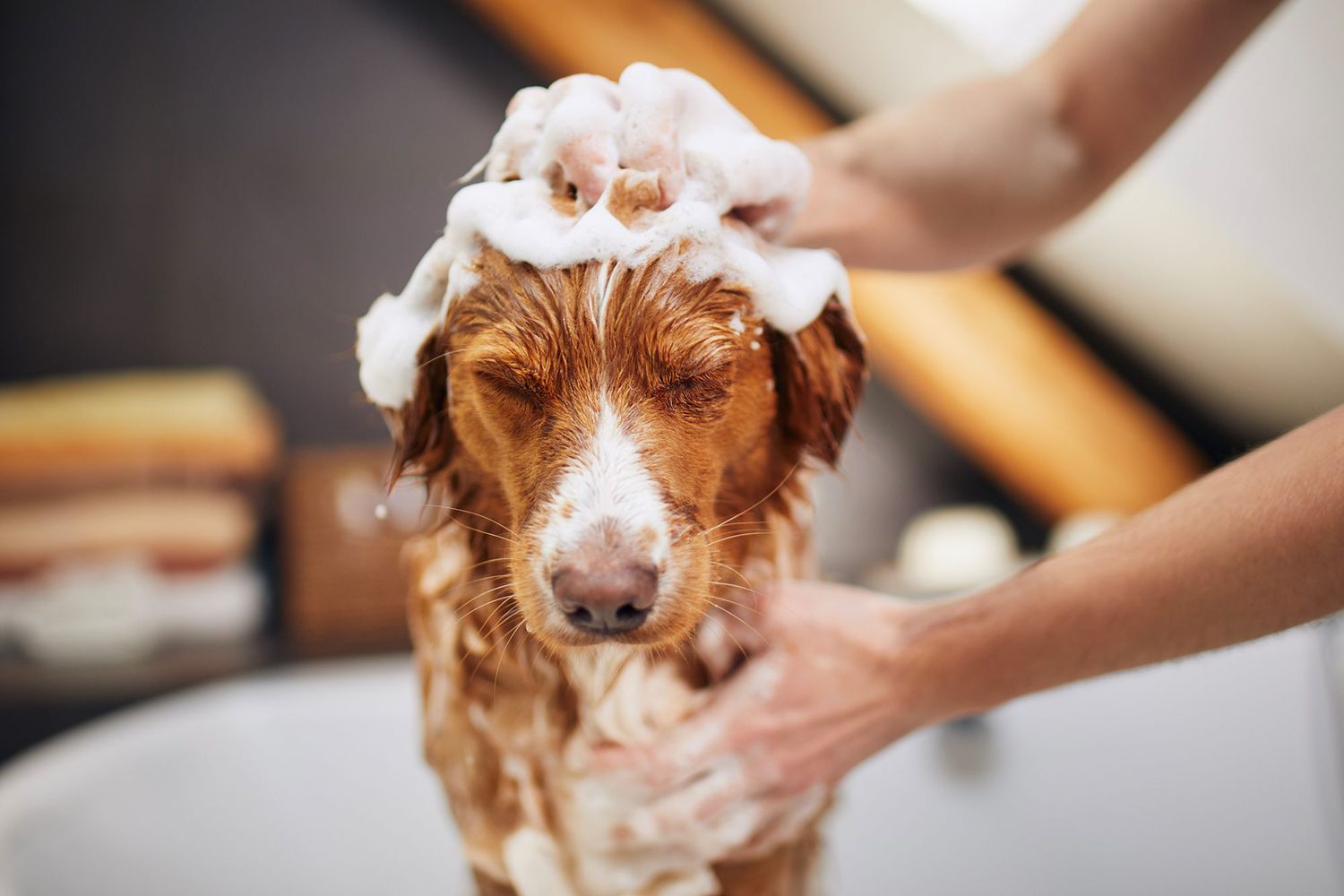
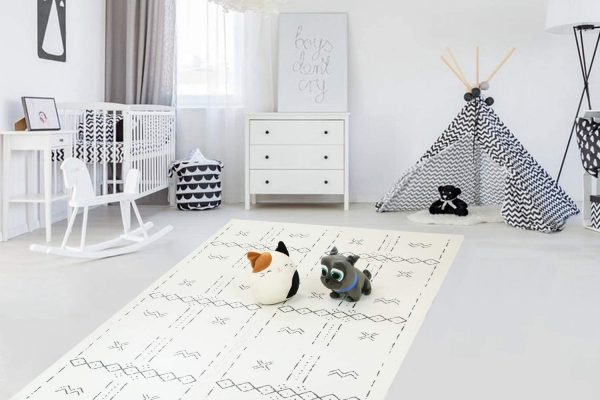
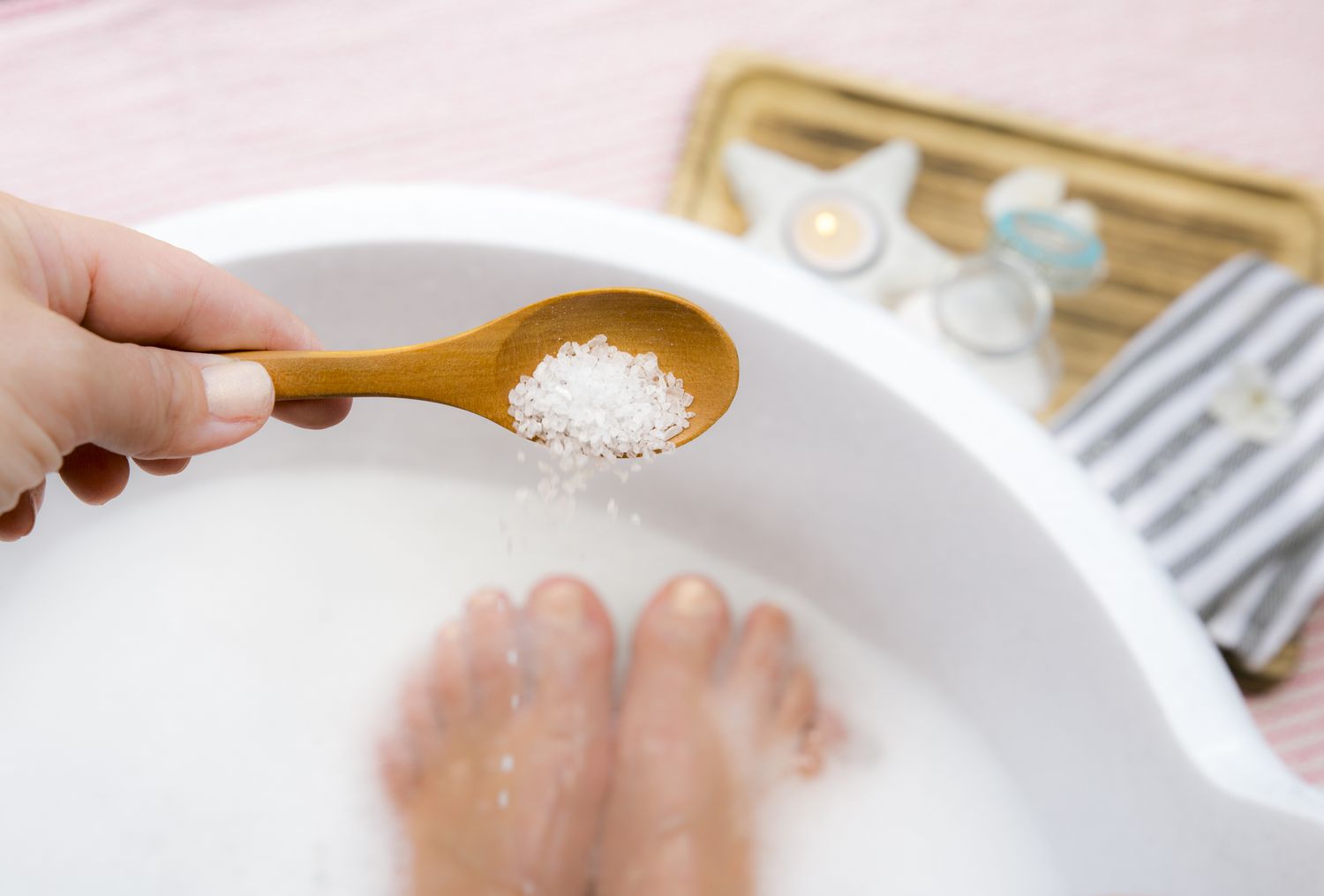
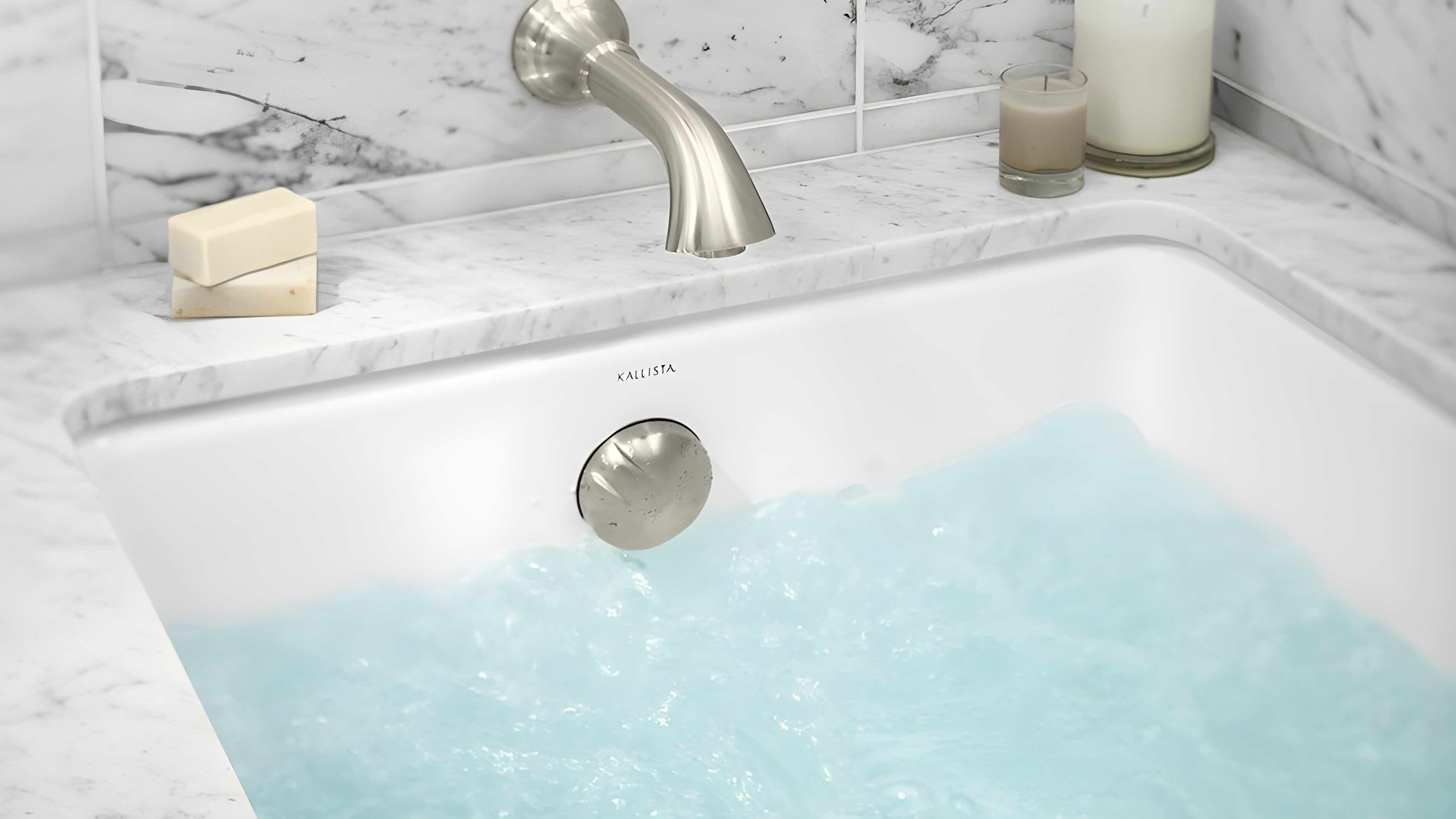
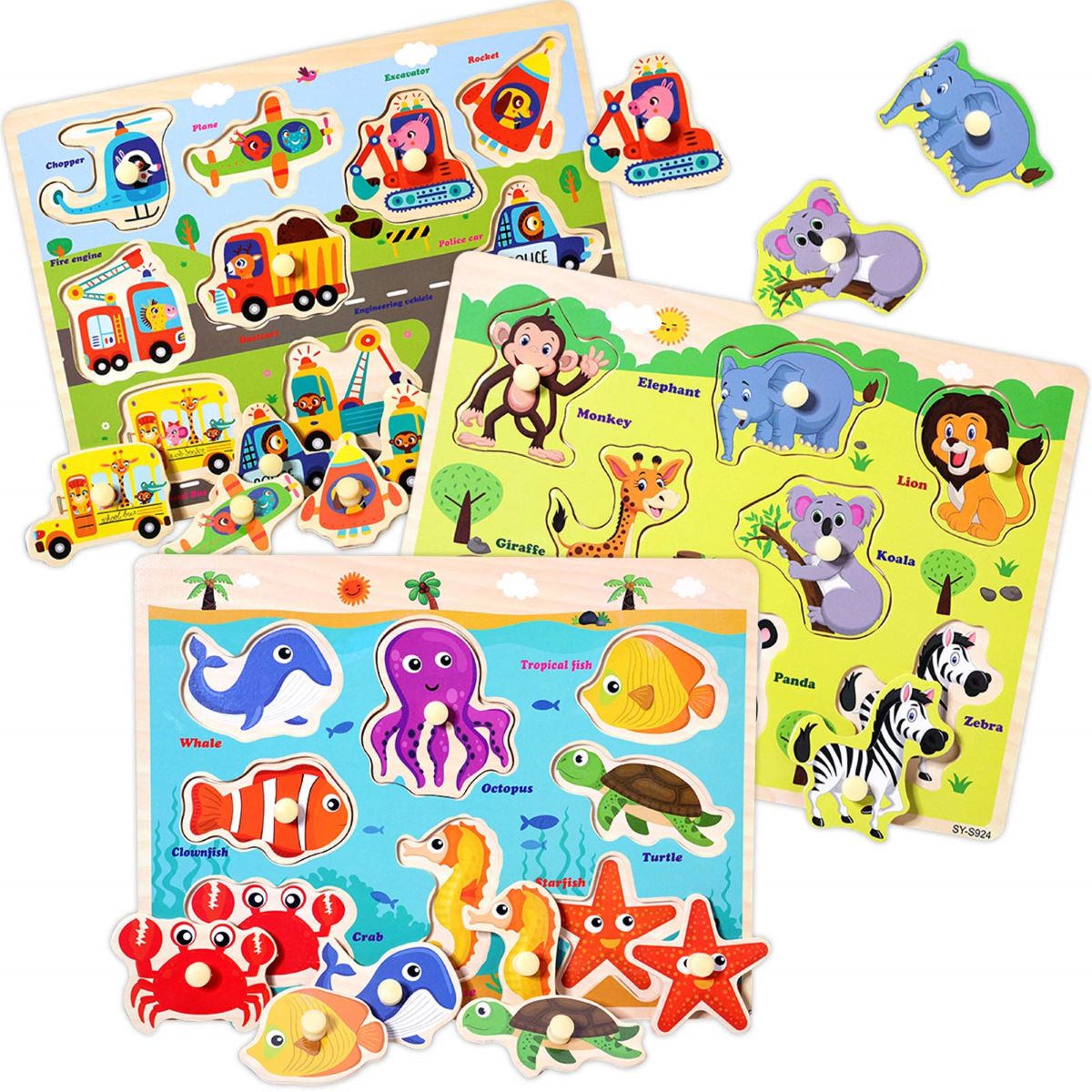
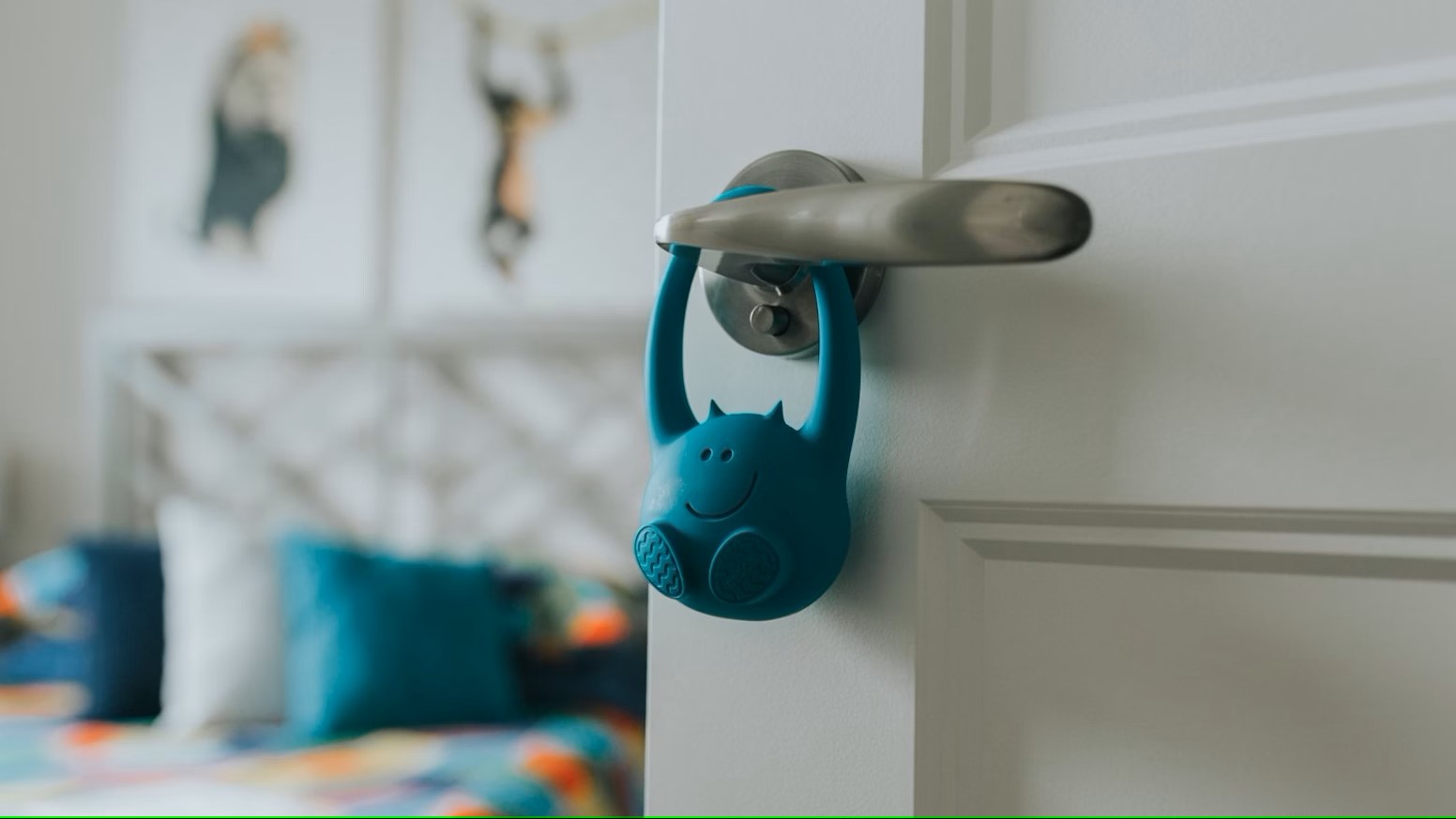

0 thoughts on “How To Bathe A Toddler Without A Bathtub”